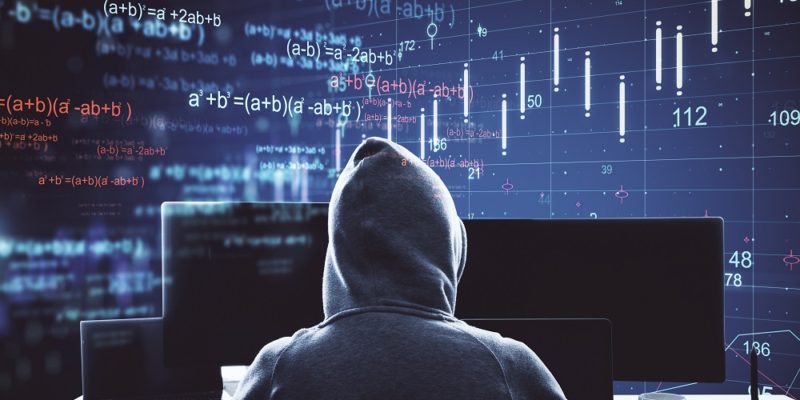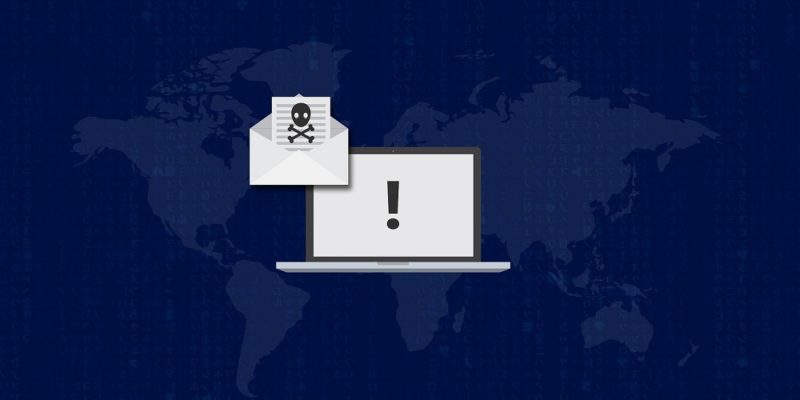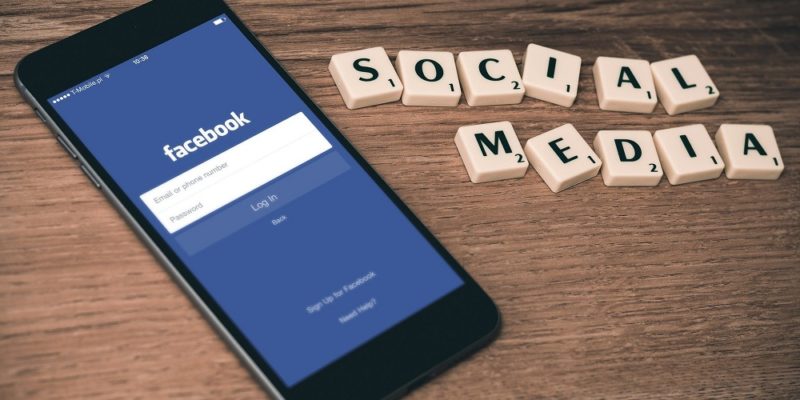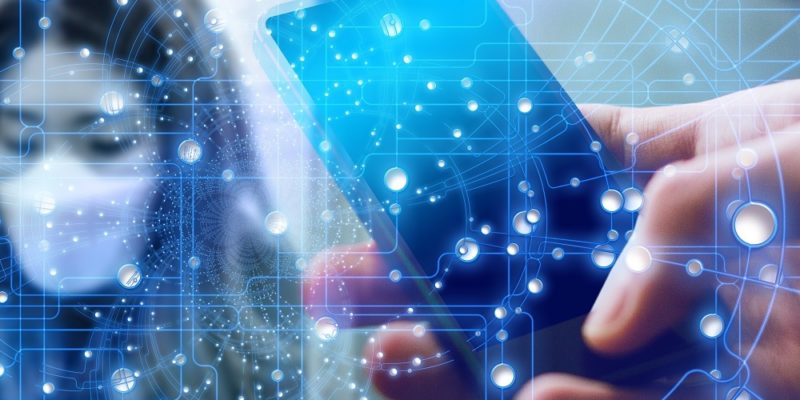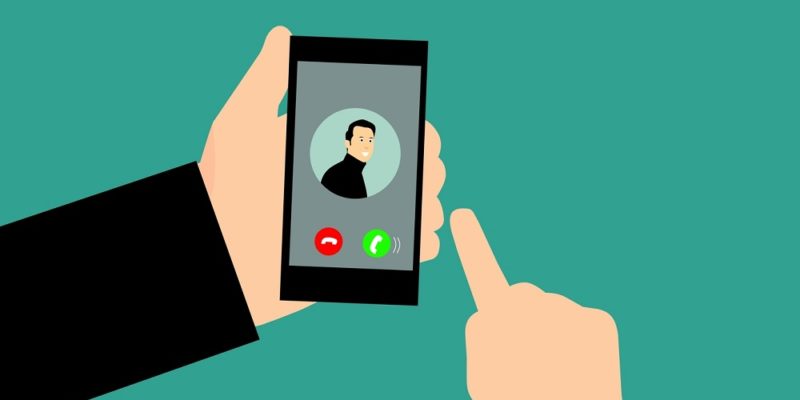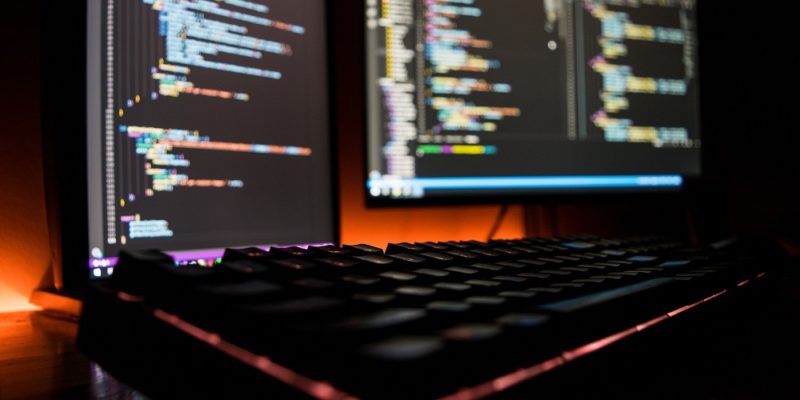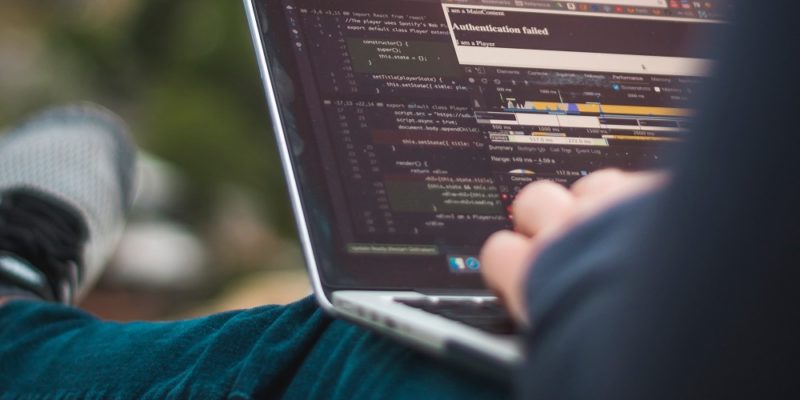 The price of stolen info: Everything on sale on the dark web
The price of stolen info: Everything on sale on the dark web
What is the price for personal information, including credit cards and bank accounts, on the dark web? Privacy Affairs researchers concluded criminals using the dark web need only spend $1,115 for a complete set of a person’s account details, enabling them to create fake IDs and forge private documents, such as passports and driver’s licenses….

